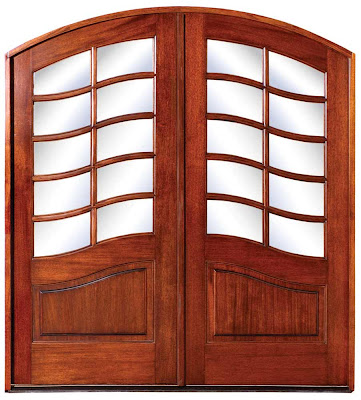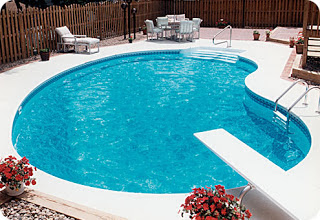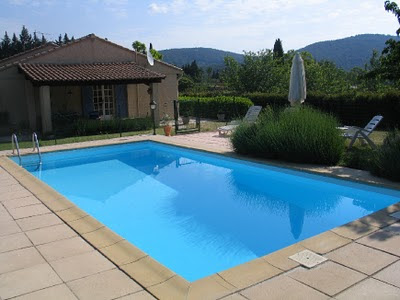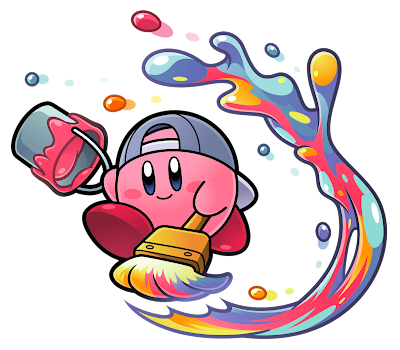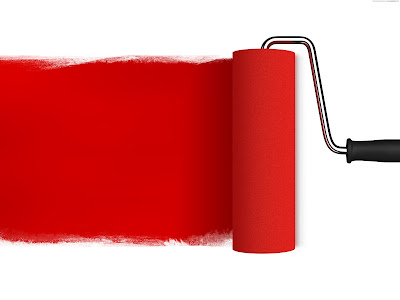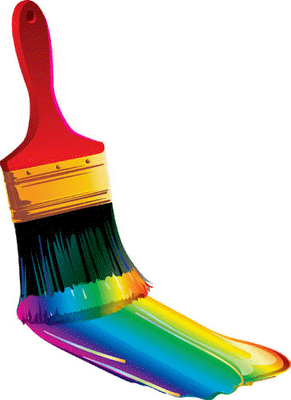From all of the things you can buy for your favorite girl or boy, why a play kitchen?
First and foremost, it creates interactive play. It encourages imagination. It allows your child to role play and cook like Mom or Dad. This is a great way to play with your child, and a great way for your child to play with friends. And if you choose, you can turn kitchen play into a learning opportunity. Play food can be used to teach about different foods and nutrition. Also social skills can be practiced with serving food and play eating together. What sort of play kitchen do you want? Children's kitchens range from very small toy kitchens to very large and feature full. You can find a single unit kids kitchen, which include many appliances, to multi-piece kitchen play sets with individual appliances. Choosing a play kitchen set depends on the age of the child, your budget and your setting. It also depends on your personal philosophy. Where is that play kitchen made? Is it eco-friendly and made with sustainable manufacturing and fair business practices.
 |
| Kitchen |
What kinds of play kitchens are available?
Single Unit Kitchens - These play kitchens include many appliances such as a stove, oven, microwave and sink in one unit. These units have a "front" and "back", so that they can be placed against a wall. Typically this style of toy kitchen is either a "assembly-required" wooden kitchen or it is made from molded plastic. A typical large, self-assemble wooden kitchen measures about four feet long, four feet tall, and about two feet deep.
Island Play Kitchen - These are stand-alone pretend kitchens. Children can play on all sides of these kitchens. Island play kitchens also feature various combinations of sink, stove, ovens and microwaves. Toddler kitchens are typically this style.
Complete Kitchen Play Sets - We are talking about a multi-appliance set here. There are separate toy stoves, toy refrigerators, toy microwaves, toy sinks, and toy dishwashers.
Table Top Toy Kitchens - These are small, typically "two burner" stoves, that are designed with portability in mind. These pretend kitchens can be moved from room to room and be used on a table, shelf or even the floor.
Natural wooden kitchens - These kitchens are made from solid wood and not particle board. Many of the "assembly-required" are made from laminated particle board and are still considered wood by the manufacturer. The natural wooden kitchens are typically made from spruce, pine or cedar. Many of these designs are more abstract in nature. That is they do not offer realistic detail; however, there is no mistaking that these are play kitchens. They usually combine a sink and stove and have moving parts. It is just that the details are left to the child's imagination.
 |
| Kitchen |
 |
| Kitchen |
 |
| Kitchen |
 |
| Kitchen |
 |
| Kitchen |
 |
| Kitchen |
 |
| Kitchen |
 |
| Kitchen |
 |
| Kitchen |
 |
| Kitchen |
 |
| Kitchen |
 |
| Kitchen |
 |
| Kitchen |







